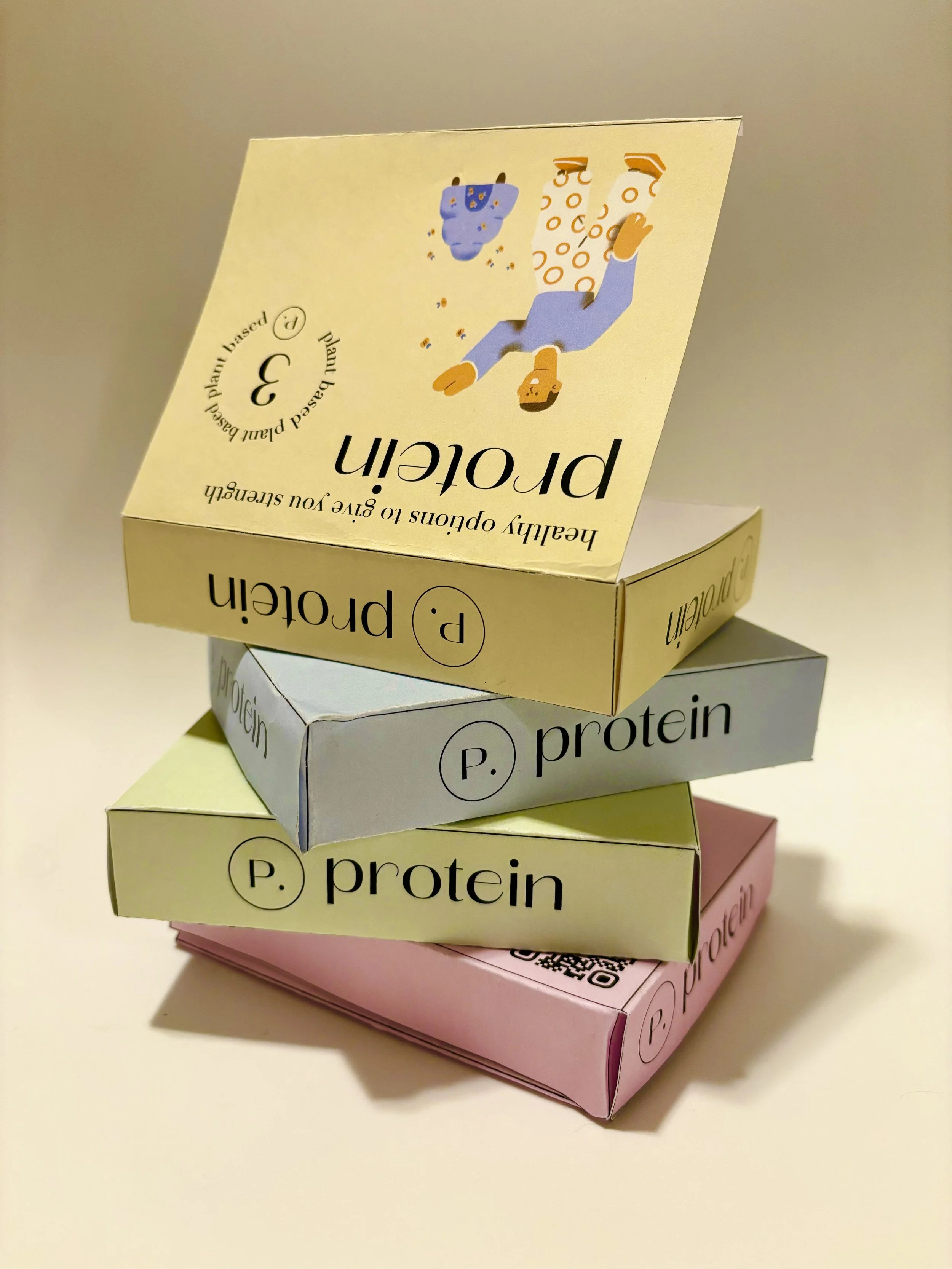PROTEIN
By the year 2073, global resources will have diminished significantly. Processed foods will dominate more than ever, and the likelihood of running out of fresh ingredients will be dangerously high. As a result, many people will turn to sustainable and locally grown options to maintain both their health and sense of connection to food.
As our population continues to grow, so does our meat consumption. The COVID-19 pandemic forced us to reconsider how meat is produced, prompting shifts in the industry. With the threat of future pandemics and rising CO₂ emissions, it’s more important than ever to be intentional about where our meat comes from. Local butcher shops represent a future-forward business model—especially in urban areas, where people increasingly seek out local sources for their food. These shops offer more than just products; they offer trust, transparency, and a tangible connection to community. In places like East Boston, small neighborhood markets thrive because shoppers value the familiarity and comfort of knowing who’s providing their food.
My 2073 project explored a solution for a more sustainable food future by designing a reusable packaging system for local butcher shops. The concept allows users to bring their own containers to stock up on the meat they need for the week—minimizing single-use waste, reducing unnecessary overconsumption, and supporting local economies. More importantly, it encourages a deeper connection between consumers and their food sources, helping people build trust and transparency with their local providers.
I did a series of package branding, that allows not only butches to categories the meat they are selling, but to provide details of the meat to the customer.
The system includes a reusable carrying case designed for the easy and clean transportation of fresh meat—ensuring that nothing leaks onto other groceries. Each case features a seal representing the local butcher, reinforcing the connection between consumer and provider. Inside, there is space for four different cuts of meat, with each compartment holding approximately 3 oz. The boxes are designed to fold quickly and compactly for convenience and storage. They are also easy to print or order, allowing local butchers to participate without investing time or resources into elaborate packaging. Each compartment includes a writable label for product details and a scannable barcode for seamless checkout.
The illustrations and logos are intentionally retro and comforting, designed to evoke a sense of nostalgia—even in the futuristic context of 2073. This aesthetic choice reflects the return of the local butcher shop, a once-antiquated business model that’s gaining new relevance. Each logo is inspired by nature and tailored to match the type of meat in each box, reinforcing the connection between product, place, and tradition.








